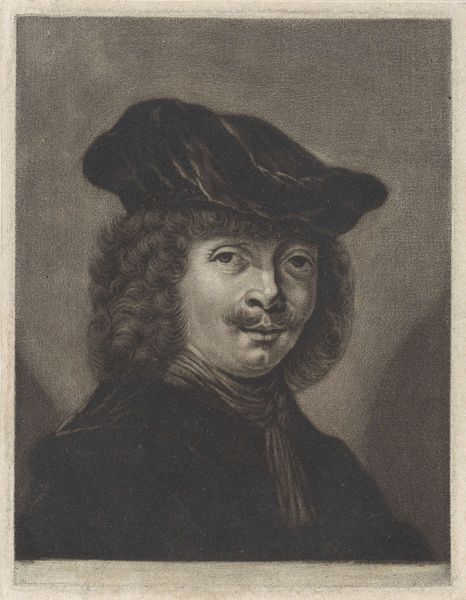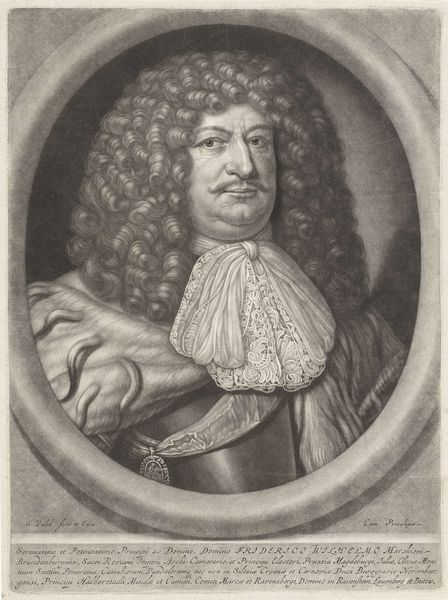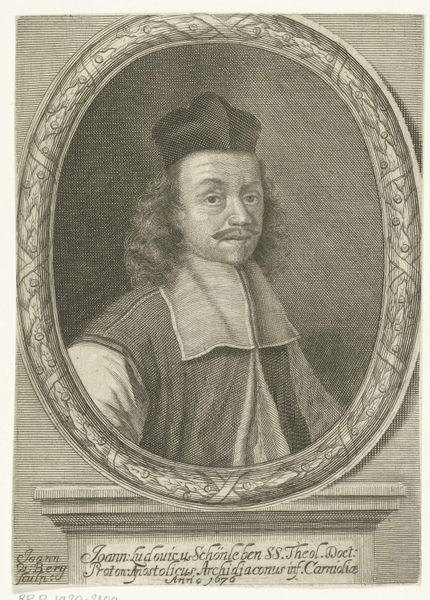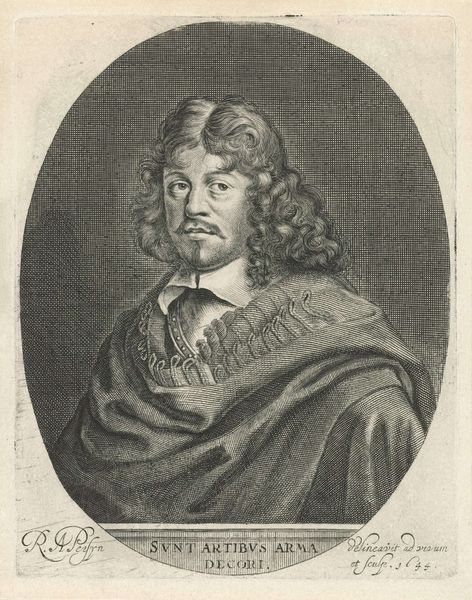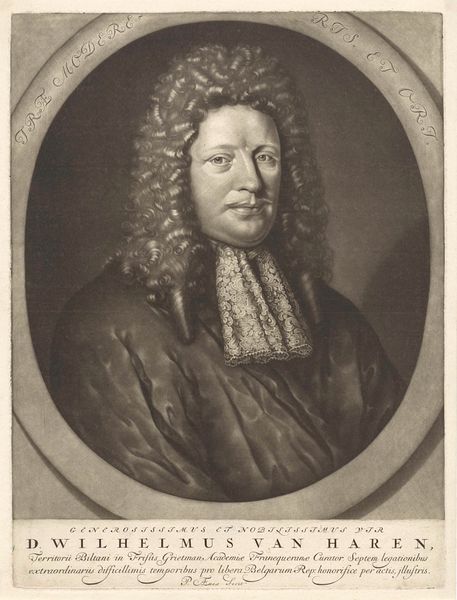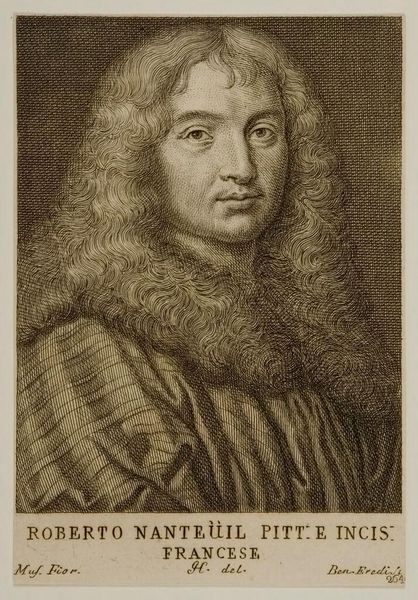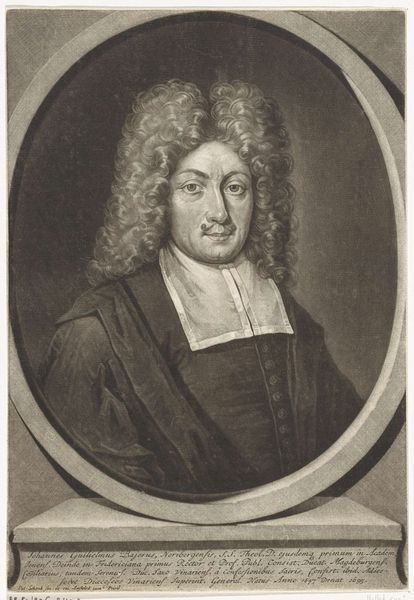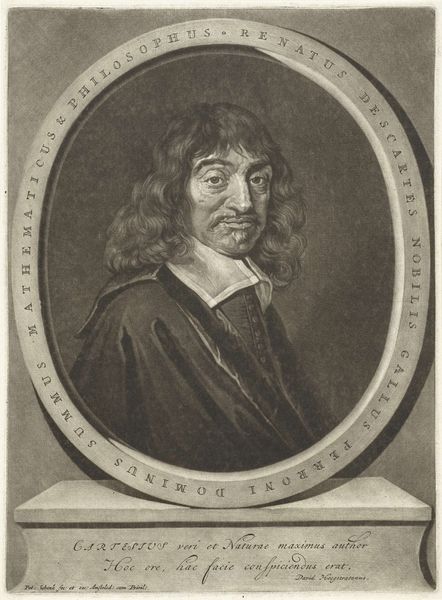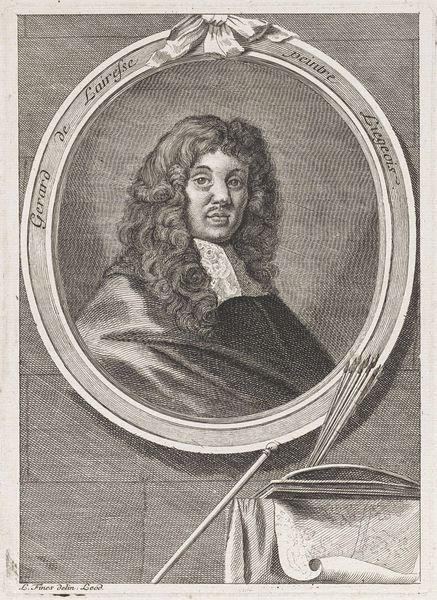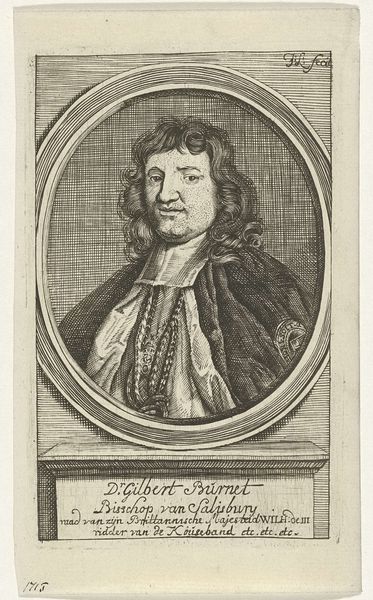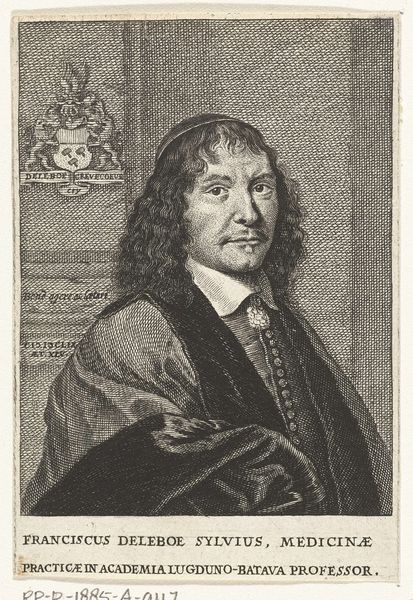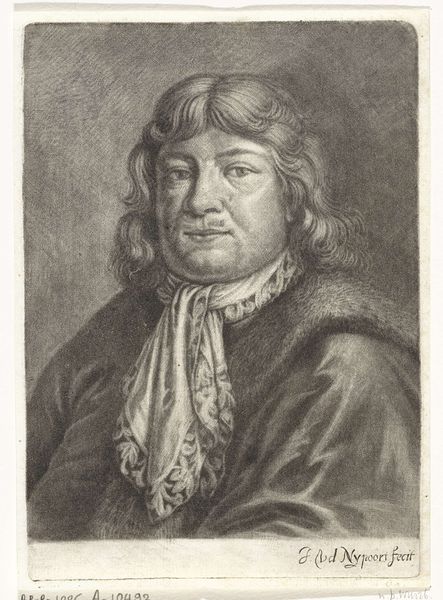
drawing, charcoal
#
portrait
#
drawing
#
facial expression drawing
#
baroque
#
portrait image
#
charcoal drawing
#
portrait reference
#
portrait head and shoulder
#
animal drawing portrait
#
portrait drawing
#
charcoal
#
portrait art
#
fine art portrait
#
digital portrait
Dimensions: height 125 mm, width 96 mm
Copyright: Rijks Museum: Open Domain
Curator: This drawing, "Portret van een onbekende man met een baret", by an anonymous artist, dated between 1650 and 1800, is beautifully rendered in charcoal. The subject’s gaze is quite captivating. I’m immediately drawn to the softness achieved with the charcoal. What strikes you? Editor: I'm curious about the material choices for this portrait. Charcoal seems almost…humble for depicting someone of likely importance, given his attire. Why use such a readily available, almost mundane material for a portrait? Curator: Exactly! This is where the materialist perspective comes in. Consider the production and distribution of charcoal itself. It's fundamentally linked to labor, to the cutting and burning of wood. In depicting this man, isn’t the artist implicitly referencing that entire process, the societal structures that make it possible? Editor: I see what you mean. The act of transforming something as simple as burnt wood into an image, especially a portrait, elevates the ordinary, perhaps democratizing portraiture itself. But wouldn’t using expensive paints denote the sitter's elevated position more directly? Curator: True, but look closer. How does the artist handle the charcoal? The subtle gradations of tone suggest immense skill, transforming this "humble" material into something incredibly refined. And perhaps the choice speaks to a shifting social landscape, a burgeoning merchant class perhaps? Charcoal, more accessible than oil paint, becomes a tool for representing a wider spectrum of society. Think of the charcoal not just as a material, but as a signifier of accessibility, relative to oil paints or marble. What class of labourers or merchants might identify more directly with an artwork produced via these means? Editor: That makes so much sense. So, reading the art through its material gives me a richer sense of the cultural landscape during its production! Curator: Precisely! It makes us question the value we assign to materials and the labour that produces them, shifting our focus from purely aesthetic appreciation to a broader understanding of societal values embedded in the art itself. Editor: This was an enlightening observation of material choices in the portrait! It's compelling to consider an artwork through what goes in, the resources, and the act of creating itself.
Comments
No comments
Be the first to comment and join the conversation on the ultimate creative platform.
